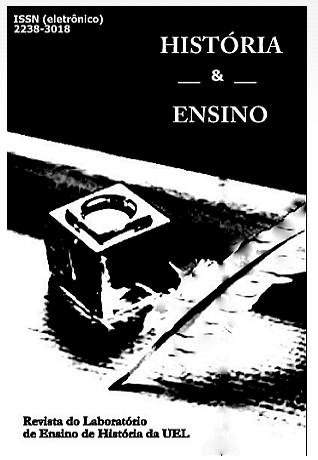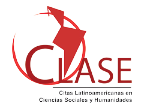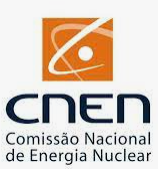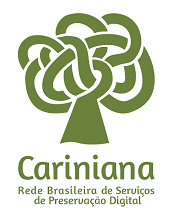Working with monuments as a possibility of resistance to the processes of invisibilization of social groups
DOI:
https://doi.org/10.5433/2238-3018.2021v27n2p51Keywords:
Patrimonial Education, Historical Education, Local HistoryAbstract
The monuments of a city are historical sources that can become evidences when they are questioned on several questions that make it possible to reflect on many elements that constitute the societies that built them. Relationships between social groups, invisibility and visibility strategies, inequalities between men and women experienced by different pasts and also in the present are materialized in the city spaces, revealing how everything that a society produces is bound up with its values, conceptions and beliefs. Thus, this article aims to discuss heritage education from the perspective of Historical Education from the work with monuments that represent women, female figures or are homage to female personalities from the city of Belo Horizonte, capital and largest city in the state of Minas Gerais and one of the most populous in Brazil. For this purpose, a research of the monuments of women or those that honor them was based on the Belo Horizonte Monuments Inventory elaborated by the Belo Horizonte Municipal Tourism Company (BELOTUR), in 2008. This research, based on the Inventory of BELOTUR, had the objective of identifying the monuments of Belo Horizonte, observing items to, later, proceed to an analysis from the patrimonial education and the historical investigation. It is believed that discussing heritage education through work with the monuments of a city, in the perspective of historical education, can promote the identification of mechanisms of invisibility of social groups in the past and their maintenance in the present, in addition to enabling resistance this invisibility of groups that were and continue to be excluded in and by society.
Downloads
References
BELO HORIZONTE. Prefeitura Municipal. Empresa Municipal de Turismo de Belo Horizonte - BELOTUR. Inventário dos Monumentos de Belo Horizonte. Belo Horizonte: PBH, 2008.
BORGHI, Beatrice. La storia: indagare, apprendere, comunicare. Bologna: Pàtron Editore, 2016.
COLLINGWOOD, Robin George. A idéia de história. 5. ed. Lisboa: Editorial Presença, 1981.
COOPER, Hilary. Aprendendo e ensinando sobre o passado a crianças de três a oito anos. Educar em Revista, vol. 22, 2006, pp. 171-190. Disponível em: http://www.redalyc.org/articulo.oa?id=155059283010
LEE, Peter. Literacia histórica e história transformativa. Educar em Revista, Curitiba, v. 32, n. 60, p. 107-146, 2016. Disponível em: https://revistas.ufpr.br/educar/article/view/45979/28511. Acesso em: 18 maio 2022.
MATTOZZI, Ivo. Currículo de História e Educação para o patrimônio. Educação em Revista. Belo Horizonte. FaE/UFMG, n. 47, jun. 2008.
MOLINA, Nayra Llonch. La educación patrimonial como herramienta de “rebeldía ciudadana”. In: SOLÉ, Gloria (org.). Educação Patrimonial: Contributos para a construção de uma consciência patrimonial. Braga: Pelouro do Património: Universidade do Minho, 2015. p. 35-52.
NOCHLIN, Linda. Why have there been no great women artist? 2. ed. São Paulo: Edições Aurora, 2016. Disponível em: https://www.writing.upenn.edu/library/Nochlin-Linda_Why-Have-There-Been-No-Great-Women-Artists.pdf. Acesso em: 19 maio 2021.
OLIVEIRA, Péricles Antônio Mattar de; TEIXEIRA, Clotildes Avellar. Monumentos de Belo Horizonte Minas Gerais. Rio de Janeiro: Editora Lumiar, 2008. Disponível em: https://issuu.com/domaninet/docs/monumentos_de_belo_horizonte/1. Acesso em: 19 maio 2021.
Parque Municipal de BH: um museu a céu aberto. Conheça Minas, 2018. Disponível em: https://www.conhecaminas.com/2018/10/parque-municipal-de-bh-um-museu-ceu.html. Acesso em: 29 de maio de 2022.
SANTOS, Luís Alberto Brandão. Saber de Pedra: o Livro das Estátuas. Belo Horizonte: Autêntica, 1999.
SCHMIDT, Maria Auxiliadora; GARCIA, Tânia Braga. O trabalho com objetos e as possibilidades de superação do sequestro da cognição histórica: um estudo de caso com crianças nas séries iniciais. In: Educação Histórica e Museus: Actas das VI Jornadas Internacionais de Educação Histórica, 6, 2006, Curitiba. Anais [...]. Curitiba: UTFPR, 2007. p. 52-67. Disponível em: https://lapeduh.files.wordpress.com/2018/04/perspectiva-de-investigac3a7c3a3o-em-educac3a7ao-historica.pdf. Acesso em: 19 maio 2021.
Downloads
Published
How to Cite
Issue
Section
License
História & Ensino adota a licença CC-BY esta licença permite que os reutilizadores distribuam, remixem, adaptem e criem a partir do material em qualquer meio ou formato, desde que a atribuição seja dada ao criador. A licença permite o uso comercial.
















